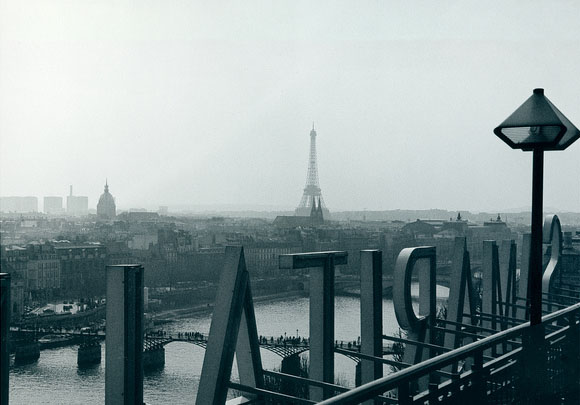 Latour & Hermant’s on-line book Paris: Invisible City (1998) presents a challenge to all urban photographers and the observational methods central to their work. The project questions how much we really can understand about the modern city by simply looking. Starting off on the rooftop of the famous La Samaritaine department store it begins by examining the panorama of Paris.
Latour & Hermant’s on-line book Paris: Invisible City (1998) presents a challenge to all urban photographers and the observational methods central to their work. The project questions how much we really can understand about the modern city by simply looking. Starting off on the rooftop of the famous La Samaritaine department store it begins by examining the panorama of Paris.
The book explores the labyrinth of overlapping networks that underpin the functioning of the city. Using Latour’s Actor-Network-Theory as a methodology, it highlights the ‘invisible’ and unnoticed connectivities that compose the city. It presents us with a layered portrait of place “bypassed by the normative representational mode” (Networks of Design). Latour uses the term ‘oligopticon’ to define these hidden networks that ultimately serve to make Paris the functioning city that it is. As a social researcher he believes that they are a means to appreciate the intertwined totality of municipal space. Unlike the absolutist all seeing gaze of Foucault’s panopticon, with the oligopticon “extremely narrow views of the (connected) whole are made possible–as long as connections hold” (p.181, Reassembling the Social). By drawing our attention to the complexity of these ‘co-existences’, the work ultimately demonstrates the sheer impossibility of understanding Paris or any urban space through a single image or glance.

